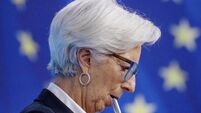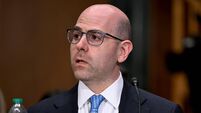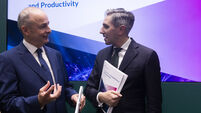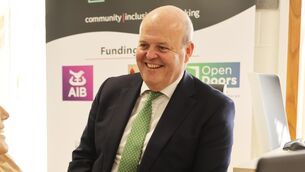Central banks and markets now aligned on rate cuts
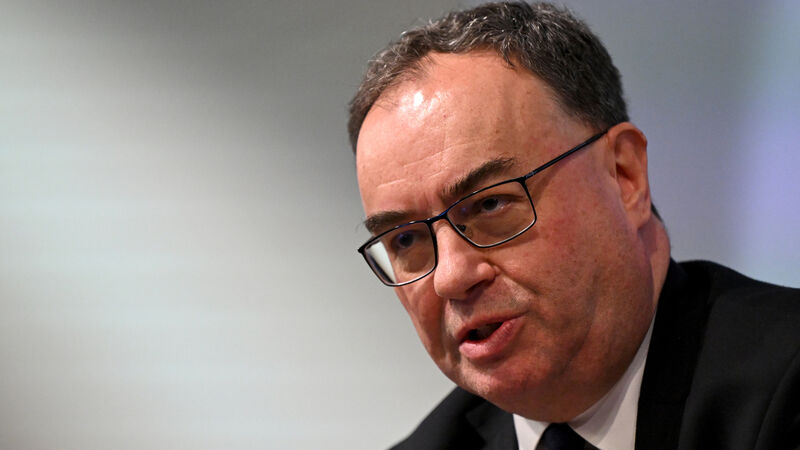
Andrew Bailey, Governor of the Bank of England, says rate cuts are now “in play”.
Following a busy week of central bank meetings and major policy changes, policymakers and markets are now more aligned on the outlook for rates in 2024.
Notably, the shift by the Bank of Japan marked a symbolic end to its negative rate and yield curve control policies. While deflationary pressures have eased for now, it remains to be seen how far the BoJ can hike rates further in the near term.
Elsewhere, the rate cut and dovish forward guidance by the Swiss National Bank caught markets by surprise, and it is one of the first central banks in Europe to embark on a rate-cutting cycle.
While the Fed and Bank of England held rates as expected, the accompanying forecasts and commentary from key policymakers have helped to align futures markets with central banks.
For the Fed, the re-iteration of the median 75bps of cuts in its latest dot-plot, alongside higher GDP forecasts, was welcomed by investors with a bounce in equities and the dollar weakening, although the currency has subsequently regained ground. However, longer-term projections are for more modest rate cuts than projected in December 2023.
Rates are seen as being cut by a further 75bps in both 2025 (one less cut than forecast in December) and 2026, with long-term rates expected to settle around 2.6% compared to a 2.5% median forecast in December. Additionally, Fed Chair Jerome Powell signalled long-term rates may continue to drift higher.
The Bank of England’s hold and subtle changes to its monetary policy statement, at face value, suggested little shift in future policy direction. However, the voting breakdown on the Monetary Policy Committee signalled that the doves are now in the ascendency.
The vote split shifted to 8:1 in favour of no change, from 6:3 in February (6 for no change, 2 for a rate hike and one in favour of a rate cut). This is significant, as two members who had previously been in favour of raising rates are no longer of that view, suggesting that the perceived risk of inflationary pressures becoming embedded has declined.
In addition to this, Governor Andrew Bailey signalled his intention to begin cutting rates soon in an upbeat interview with the Financial Times. The Governor stated that rate cuts were now “in play”, a significant shift from his cautious rhetoric at his last press conference following the release of the Monetary Policy Report in early February.
Moreover, his view of the economy pointed to growing optimism on the near-term outlook, stating that the UK was “effectively disinflating at full employment”. Sterling weakened on the back of these comments, and investors have re-adjusted rate expectations accordingly, with markets now pricing in 75bps of cuts by the BoE in 2024, up from just 60bps a couple of weeks ago.
- David McNamara is Chief Economist with AIB


